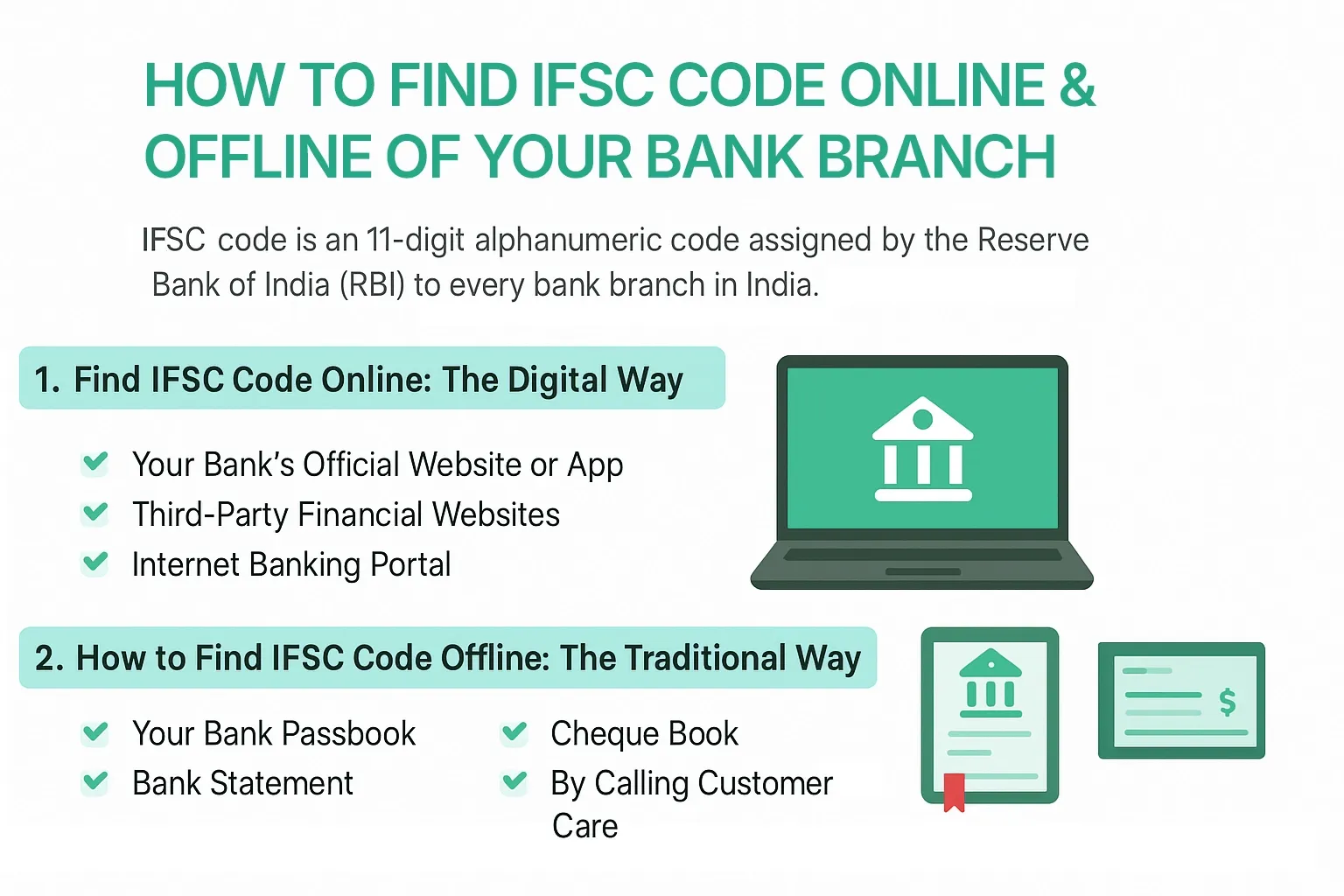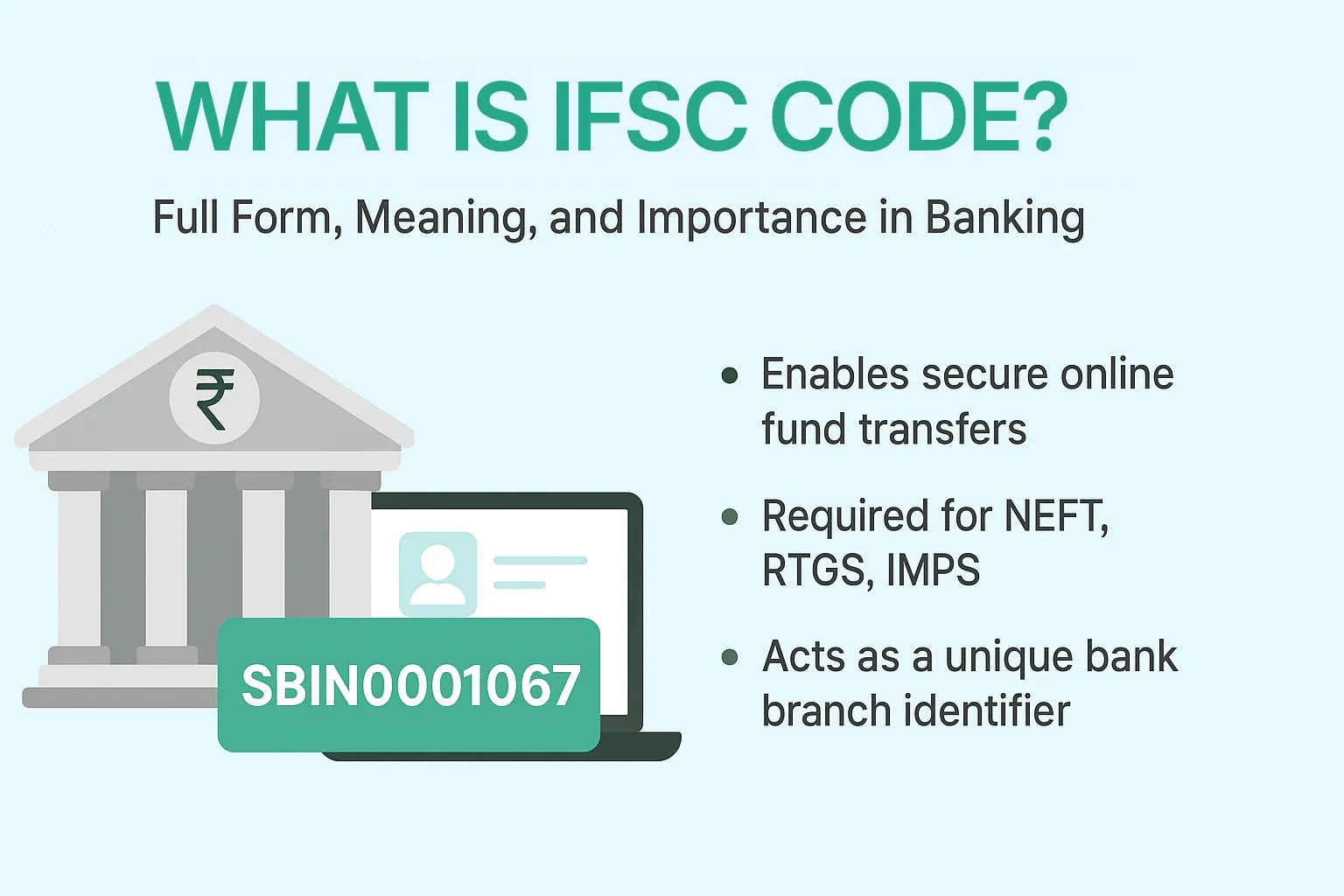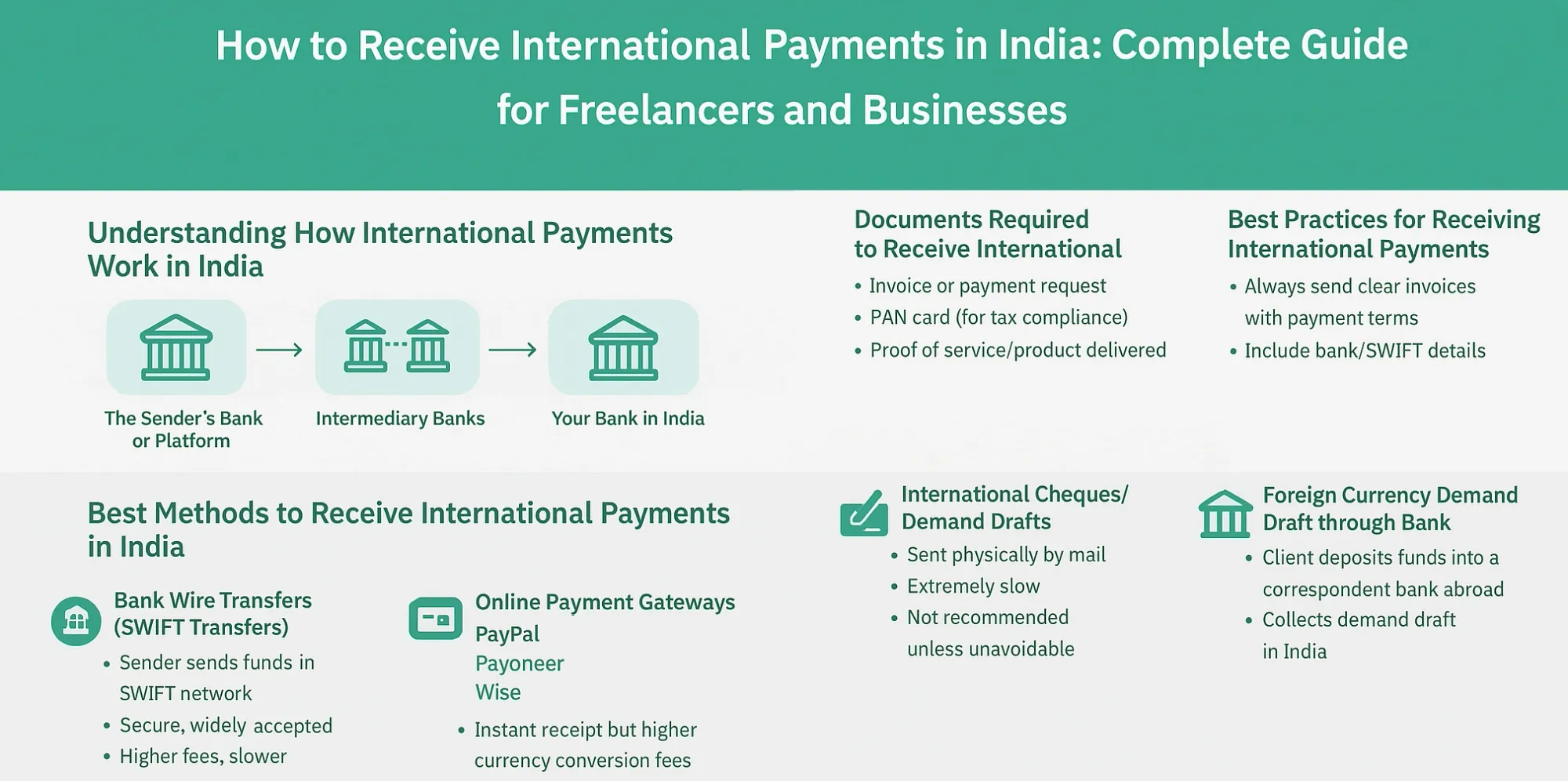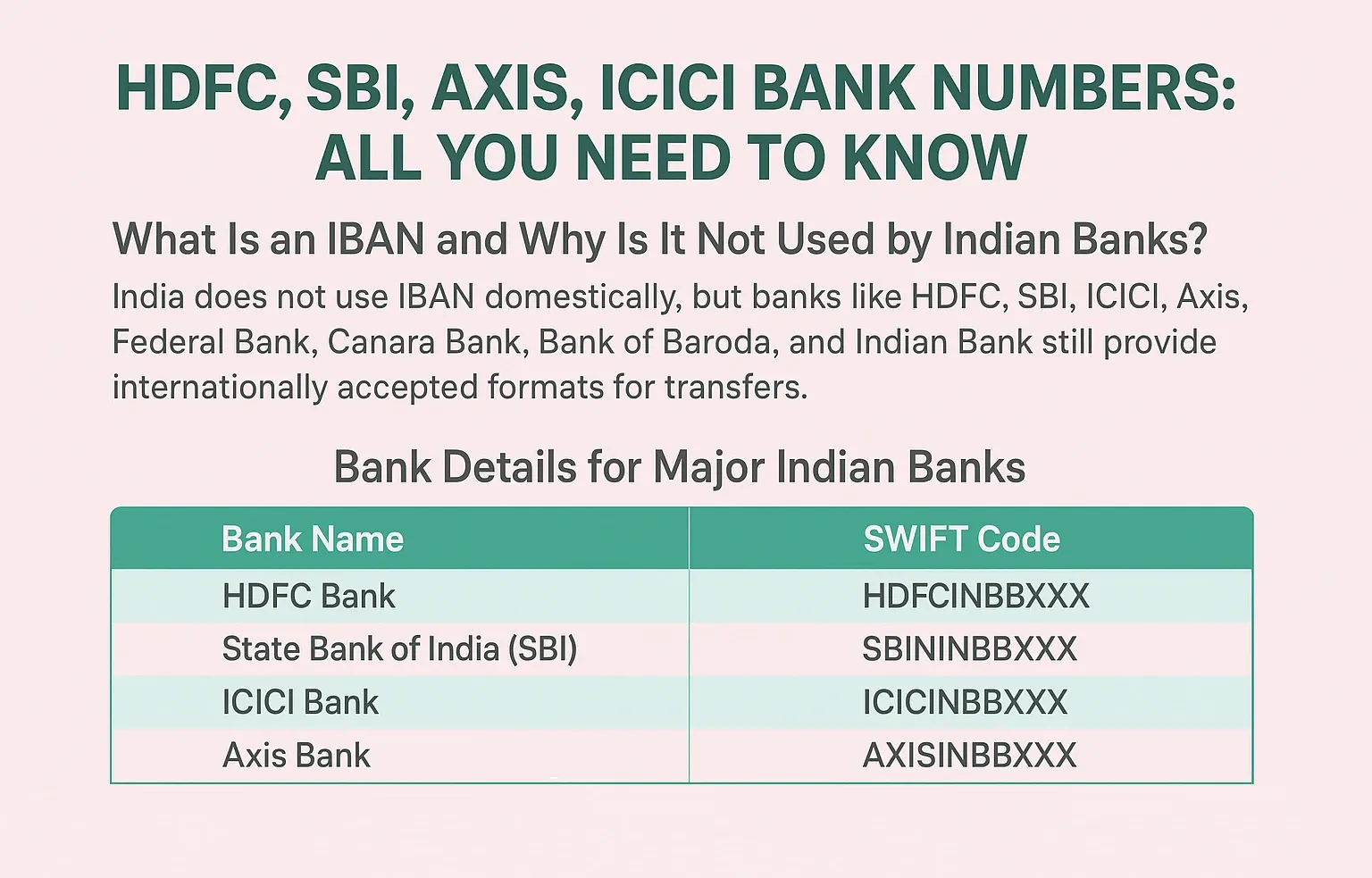What is BRC in Export? Full Form, Meaning, and Importance Explained
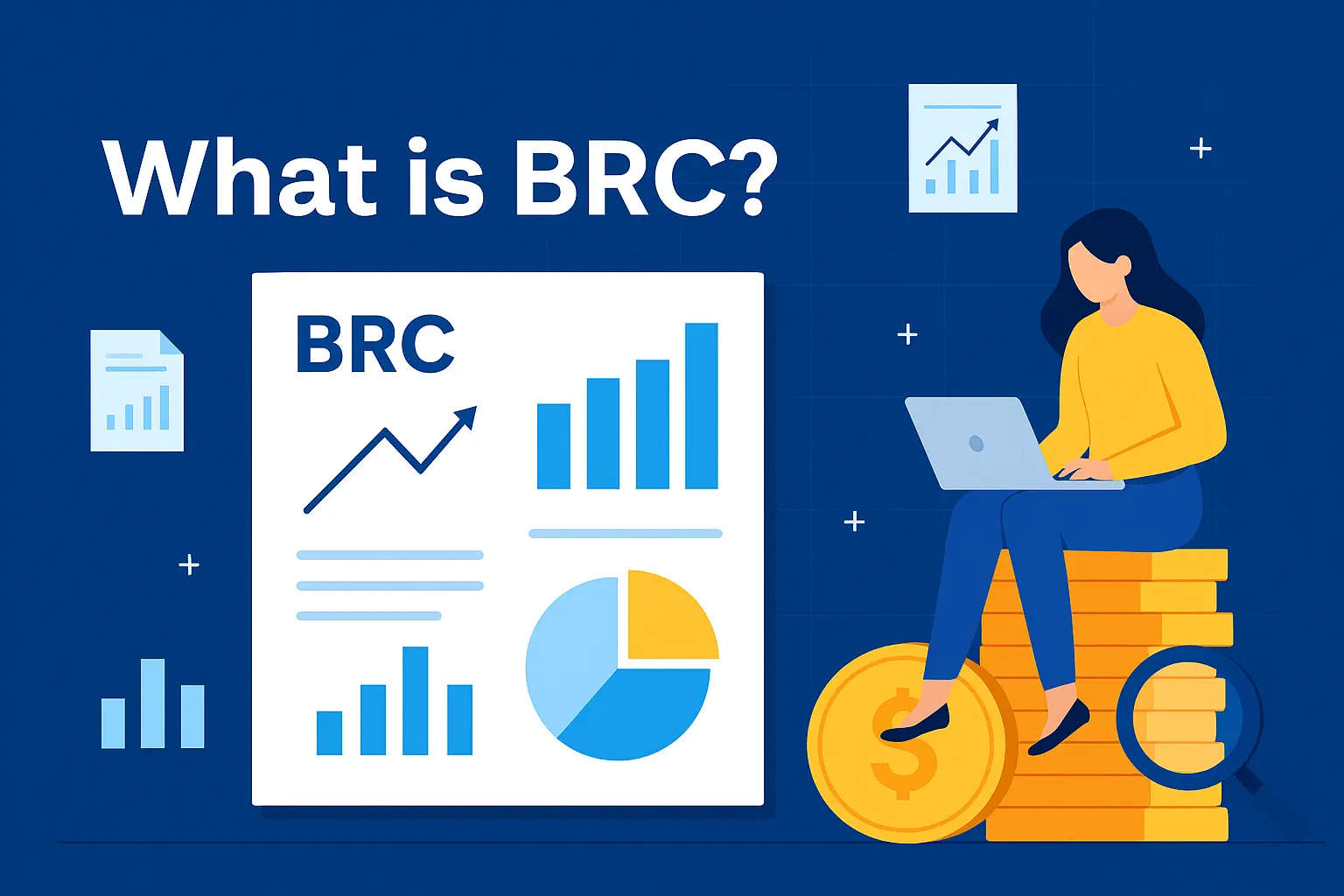
The world of international trade is a complex one that necessitates the involvement of a precise documentation of every transaction, every shipment and every payment in such a complex world the international trade. To the Indian exporters, it is not only a correct business practice to ensure that foreign exchange receipts are duly imported into the country but a matter of regulation. That is where the role of a very important document called the BRC comes in.
In case you deal with export of goods or services in India, what is BRC and its full form, and why it is so much important, is the key to going about your business without getting into rough weathers and enjoying the benefits of the government. In this guide by EximPe, we will dissect all the facts pertaining to the Bank Realization Certificate, its development and absolutely crucial presence in the world of export.
What is BRC? Decoding the Full Form and Meaning
So first of all we need to clear up the fundamentals:
The full form of BRC is Bank realization certificate.
BRC (at heart) is a document, published by a bank in India, and considered to be an irrefutable evidence of successful receiving a foreign currency payment (notably, of an export of goods or services to India).
It is almost like a ticket of approval by the banking system confirming that the foreign exchange you have received in the export business has actually reached India, validly.
Historical Context of the BRC
Historically, the BRC was a hard coin, the paper certificate. Once a foreign payment has been credited in favor of an exporter, the latter would apply manually to their Authorised Dealer (AD) Category I banks (banks authorised to deal in foreign exchange) to obtain this document. They would then physically deliver such paper BRCs to different departments of the government, to claim benefits, or satisfy obligations, i.e. Directorate General of Foreign Trade (DGFT) or GST authorities.
Although the basic view of the purpose is the same, the issuance and processing process has changed enormously, to a much more electronic-based process, no longer using this paper-intensive process.
Why is BRC (and now eBRC) Crucial in Export? The Importance Explained
The Bank Realization Certificate, whether in its traditional paper form or its modern electronic avatar (eBRC), holds paramount importance for Indian exporters due to several critical reasons:
1. Regulatory Compliance and FEMA Adherence
The Reserve Bank of India (RBI) and the Foreign Exchange Management Act (FEMA) are the regulatory pillars governing all foreign exchange transactions in India. Their primary goal is to ensure that all foreign currency inflows are legitimate and properly accounted for.
- Proof of Legitimate Forex Inflow: The BRC serves as definitive proof that the foreign funds received against your exports are genuine and have entered India through official, regulated banking channels, thereby preventing illegal financial activities.
- RBI Monitoring: For the RBI, BRC data (now primarily through eBRC) is vital for monitoring the country's foreign exchange inflows, maintaining economic stability, and ensuring adherence to foreign exchange regulations.
2. Claiming Export Incentives and Government Schemes
The Indian government provides various incentives and schemes to encourage exports, aiming to boost the nation's foreign exchange earnings and global competitiveness. To avail these benefits, exporters must demonstrate proof of export proceeds realization.
- Eligibility for DGFT Schemes: Schemes like the Export Promotion Capital Goods (EPCG) Scheme, Advance Authorisation, and previously, MEIS/SEIS, require exporters to submit proof of having received foreign exchange against their exports. The BRC (or more accurately, the eBRC) is the cornerstone document for this verification by the DGFT.
- Fulfilling Export Obligations: Many incentives come with an "export obligation" – a commitment to export goods or services of a certain value within a specified period. The BRC provides the necessary evidence that these obligations have been met.
3. GST Refunds and Tax Exemptions
Exports of goods and services from India are typically classified as "zero-rated supplies" under the Goods and Services Tax (GST) regime. This means exporters can claim a refund of the Input Tax Credit (ITC) paid on raw materials and services used for exports, or they can export without paying Integrated GST (IGST) upfront under a Letter of Undertaking (LUT).
- Justifying GST Refunds: To successfully claim these GST refunds or exemptions, exporters must provide documentary evidence of the realization of export proceeds. The eBRC serves as the official proof required by tax authorities to validate these claims.
- Income Tax Compliance: The BRC/eBRC is also a crucial record for income tax purposes, helping exporters correctly account for their foreign income and claim any applicable tax exemptions or deductions on their export earnings.
4. Proof of Export Proceeds Realization
Beyond compliance and incentives, the BRC simply confirms that money for your exports has been successfully collected. This is crucial for:
- Accurate Accounting: Essential for maintaining accurate financial records, reconciling accounts, and preparing financial statements.
- Audit Trail: Provides a clear and auditable trail of foreign exchange transactions, vital during statutory audits.
- Lender Verification: When seeking credit facilities or loans for your export business, banks may require BRCs as proof of your foreign earnings and financial health.
The Evolution to eBRC: The Modern Face of BRC
The word BRC has remained common in usage but the entire process has been redefined and changed upon the establishment of the eBRC system.
To overcome the lags, human mistakes, and possible transactions, the DGFT, along with the RBI, initiated the Electronic Bank Realization Certificate (eBRC) system. It was a new era of efficiency in terms of digitalization and was an initiative in the Export Data Processing and Monitoring System (EDPMS) by the RBI.
In current times, once an exporter gets foreign payment, he or she uploads the remittance specifically on the bank when information regarding the remittance is uploaded and is then tied up to the relevant export document issued (such as the shipping bill of goods or SOFTEX form of services). This is the electronic report that is currently known as an eBRC.
Key Advantages of eBRC Over Traditional BRC:
Some of the key advantage of eBRC vs BRC are as follows:
- Automated and Faster: Eliminates manual paperwork, significantly speeding up the process of receiving proof of realization and subsequently claiming benefits.
- Enhanced Transparency: Both exporters and government agencies can track the status of export realizations online, reducing ambiguity.
- Reduced Fraud: Direct system-to-system upload minimizes the scope for tampering or fraudulent activities.
- Ease of Doing Business: Simplifies compliance and reduces the administrative burden on exporters.
How the eBRC System Works for Exporters (The Modern BRC Process)
For exporters, the process of getting their "BRC" (now eBRC) is largely handled by their bank:
- Receive Foreign Remittance: Your foreign buyer sends the payment for your export to your bank account in India.
- Bank's Role (IRM & Linking): Your Authorized Dealer bank identifies the foreign inward remittance. They generate an Inward Remittance Message (IRM) in the RBI's EDPMS system. Crucially, the bank then links this IRM to the corresponding export document (e.g., Shipping Bill number, SOFTEX form number) you provided for that export.
- Automatic Upload to DGFT: Once the bank successfully links the remittance to the export document, they automatically upload these details to the DGFT's eBRC portal. This electronic submission is your eBRC.
- Exporter's Verification: You, as the exporter, can log in to the DGFT website using your Import Export Code (IEC) to view and track the status of your eBRCs.
It's vital for exporters to ensure that their bank accurately captures the purpose of the remittance and correctly links it to the relevant export document. Any discrepancies can lead to delays in obtaining the eBRC and consequently, in claiming benefits.
Conclusion
The Bank Realization Certificate, which had mainly got the electronic form as the eBRC, is one of the pillars of export documentation in India. It is more than a receipt; it is one of the most important means of proving that it is easy to prove that you have compliant with the foreign exchange rules and open the door to profitable government incentives, ease of obtaining GST refunds, and having strong financial records.
What is BRC in export and how the eBRC system works is non-negotiable to any Indian business that is a participant in international trade. Pro-actively checking up on your export proceeds and getting timely issuance of eBrC by your bank will enable your business to work effectively, compliantly and profitably in the international trade arena.
FAQs: BRC in Exports
1. What is BRC in export?
BRC stands for Bank Realisation Certificate, issued by banks to confirm payment realisation against an export shipment.
2. What is the full form of BRC?
Bank Realisation Certificate.
3. Why is BRC needed for exporters?
To claim export incentives, GST refunds, and comply with RBI/DGFT regulations.
4. What is eBRC?
Electronic BRC is a digital version uploaded by banks to the DGFT portal for easy access and faster processing.
5. Who issues BRC?
Your authorised dealer bank (AD Bank) issues BRC after verifying payment realisation.
6. Can I get BRC without receiving payment?
No. BRC is issued only after foreign payment is realised in your bank account.
7. Is eBRC mandatory for GST refunds?
Yes, it is a mandatory document for claiming IGST refunds on export of goods and services.
8. How do I download eBRC?
Login to DGFT portal using your IEC, navigate to eBRC section, and download it for your records.
9. Is there a fee for eBRC issuance?
Banks may charge a nominal processing fee depending on their schedule of charges.
10. What is the difference between FIRC and BRC?
FIRC proves receipt of foreign remittance, while BRC proves realisation of export proceeds for export benefits.

